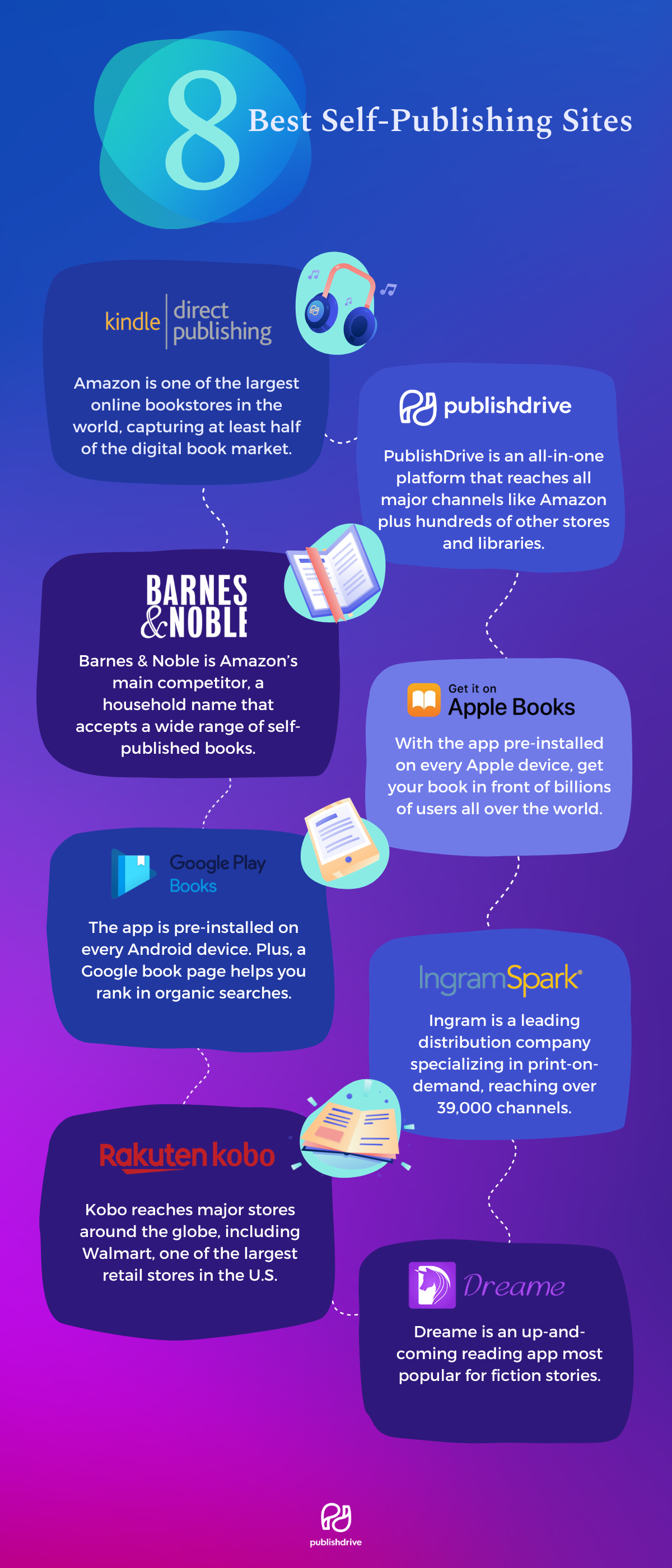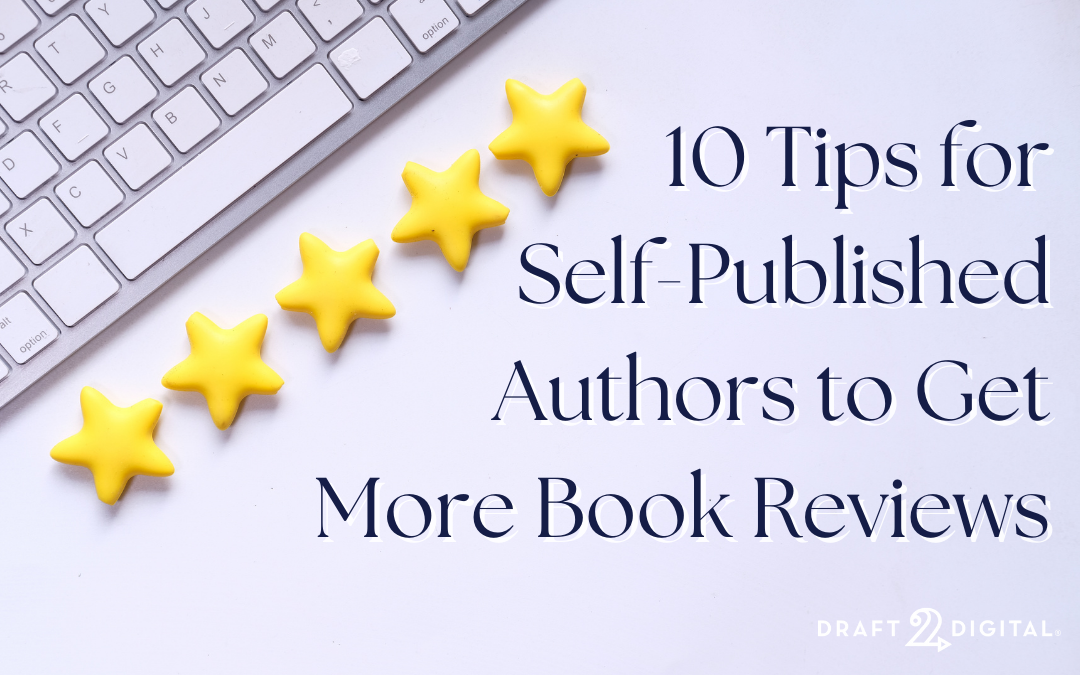Have you ever wondered what “Self Published on Canvas” really means? If you’re looking to turn your photos or artwork into beautiful wall art, this term might have popped up.
Understanding it can help you make smarter choices for your home or business decor. You’ll discover exactly what self-publishing on canvas involves, why it matters, and how it can give your creations a unique, personal touch. Keep reading to unlock the secrets behind this popular trend and see how it can bring your vision to life.
Self Publishing On Canvas
Self publishing on Canvas allows creators to share their work directly with an audience. It means artists and writers can put their content online without a middleman. This approach gives more control over the creative process and how the work is presented.
Canvas is a platform that makes self publishing simple and accessible. It helps creators upload, display, and sell their work with ease. This section explains what self published means and how Canvas supports creators on this journey.
What Self Published Means
Self published means creating and sharing work independently. Authors or artists do not rely on traditional publishers. They handle everything from creation to distribution. This method allows full control over the content and its presentation. It also lets creators keep more profits from their work. Self publishing is popular for books, art, and digital media.
How Canvas Supports Creators
Canvas offers tools designed for easy self publishing. Creators can upload images, text, and videos without hassle. The platform provides templates to make work look professional. Canvas also allows selling work directly to buyers. It handles payments and delivery securely. This support helps creators focus on making art or writing. Canvas builds a simple path from creation to audience.
Benefits Of Self Publishing
Self publishing on Canvas offers many benefits for creators. It lets you share your work easily and reach your audience directly. This way, you keep control and earn more from your creations.
Creative Control
You decide how your work looks and feels. No one else changes your ideas or style. You choose the design, colors, and layout. This freedom helps you create exactly what you want.
Earning Potential
You keep a larger share of the money from sales. No middlemen take a big cut. More sales mean more earnings for you. This makes self publishing a smart choice for income.
Direct Audience Engagement
You connect directly with your readers or buyers. You get feedback and learn what they like. This helps improve your future projects. Building a strong audience becomes easier this way.
Setting Up On Canvas
Setting up on Canvas is the first step to share your work. It is simple and fast. You need to create an account, understand the dashboard, and upload your files. This guide helps you start publishing with ease.
Creating An Account
Go to the Canvas website. Click on the sign-up button. Enter your name, email, and a password. Choose a username you will remember. Confirm your email through the link sent to you. Now, your account is ready to use.
Navigating The Dashboard
The dashboard is your control center. It shows your courses and notifications. You find menus on the left side. Use these menus to access assignments and grades. The dashboard updates with your latest activities.
Uploading Your Work
Find the course or project area. Click on the upload button. Select your file from your computer. Wait for the file to load completely. Add a title and description if needed. Click submit to finish the upload.

Credit: publishdrive.com
Design Tips For Canvas
Designing for canvas requires clear focus. Each element must be sharp and simple. Good design helps your work stand out and connect with viewers.
Simple visuals catch attention faster. Clean layouts keep users interested. Easy navigation improves overall experience.
Optimizing Visuals
Choose high-resolution images to keep details clear. Avoid blurry or pixelated pictures. Use bright colors to make designs pop. Balance colors so they look nice together. Keep text readable with enough contrast.
Choosing Formats
Select the right size for your canvas project. Use common formats like JPG or PNG for images. Consider file size to ensure fast loading. Use vector formats for sharp lines and shapes. Test different formats to see what fits best.
Enhancing User Experience
Make your design easy to use and understand. Use simple menus and buttons. Keep text short and clear. Ensure your design works well on all devices. Add space between elements to avoid clutter.
Marketing Your Canvas Work
Marketing your canvas work is key to reaching more people. It helps you show your art to a wide audience. You can sell more prints and build a loyal fan base. Simple steps can make your art stand out online.
Focus on sharing your story and art clearly. Consistency matters. Small actions every day bring big results over time.
Building An Online Presence
Create a website or blog to display your canvas art. Use clear photos and easy descriptions. Include your background and why you create art. This helps people connect with your work.
Keep your site updated with new pieces and news. Use keywords about your style and themes. This helps search engines find your art. A clean, simple site looks professional and invites visitors.
Using Social Media
Share your canvas work on social platforms. Post regularly with good images and short captions. Tell stories about your process or inspiration. This keeps followers interested and engaged.
Use popular platforms like Instagram, Facebook, and Pinterest. They attract art lovers and potential buyers. Engage with comments and messages quickly. Show appreciation and build trust with your audience.
Collaborations And Networking
Work with other artists or local shops to show your canvas art. Group projects or exhibitions increase your reach. Meet people in art groups or online communities.
Networking creates opportunities for sales and feedback. Share your work and learn from others. Good connections support your art journey and growth.

Credit: www.draft2digital.com
Monetization Strategies
Monetization strategies help creators earn money from their self-published content on Canvas. Choosing the right approach increases income and builds a loyal audience. Different methods suit different types of content and creator goals. Understanding these options helps maximize your earnings while keeping fans engaged.
Pricing Your Content
Setting the right price is key to attracting buyers. Consider your content’s value and audience budget. Start with a fair price that matches similar works. Test different prices to see what sells best. Avoid prices that are too high or too low. Clear pricing encourages more purchases and trust.
Subscription Models
Subscriptions offer steady income by charging users regularly. Offer monthly or yearly plans for exclusive content access. Give subscribers perks like early releases or bonus materials. Subscriptions build ongoing relationships and steady cash flow. Make sure the content justifies the recurring cost.
Promotions And Discounts
Discounts attract new buyers and reward loyal fans. Use limited-time offers to create urgency. Bundle deals encourage buying multiple items at once. Promote sales through social media or email. Regular promotions keep your audience interested and boost sales.
Common Challenges
Self publishing on Canvas offers creative freedom but comes with challenges. These issues can slow down progress and affect success. Understanding common challenges helps prepare for a smoother journey.
Copyright Issues
Copyright is a major concern for self publishers. Using images or content without permission can cause legal problems. Protecting original work is important to avoid disputes. Always check if you have rights to use materials.
Platform Limitations
Canvas has some limits on file types and sizes. Certain design features may not be available. These limits can restrict creativity or slow publishing. Knowing platform rules helps work within boundaries.
Audience Growth
Building an audience takes time and effort. Reaching people outside your network is hard. Without a publisher’s support, marketing falls on you. Consistency and quality content are key to attracting followers.
Success Stories
Success stories show how self publishing on Canvas helps many creators. These stories inspire new artists and authors to share their work. They prove that anyone can reach an audience without a big publisher.
Many people have used Canvas to publish books, art, and designs. Their journeys include challenges, learning, and growth. Success comes from patience, effort, and smart choices.
Case Studies
One author published a children’s book on Canvas. She used simple illustrations and clear text. Her book reached hundreds of readers worldwide. Sales grew steadily as she promoted it on social media.
An artist shared original paintings on Canvas. He created print-on-demand products like posters and mugs. His work attracted fans who bought items regularly. This created a small but steady income stream.
A photographer self published a photo book of nature scenes. The book got positive reviews for its quality and style. It helped him get more clients for his photography services.
Lessons Learned
Creators say quality matters. Clear pictures and good writing attract more buyers. Simple designs can be very effective.
Promotion is key. Sharing work on social media and with friends helps sales. Consistent effort builds an audience over time.
Patience pays off. Success does not happen overnight. It takes time to grow a following and earn income.
Listening to feedback improves work. Many creators update their books or art based on reader comments. This builds trust and loyalty.

Credit: www.reddit.com
Frequently Asked Questions
What Does Self Published On Canvas Mean?
Self published on canvas means an artist or creator directly prints their artwork on canvas. It bypasses traditional publishers or galleries, giving full control over the design and distribution. This method allows for unique, personalized art pieces and often supports independent creators.
How Is Self Publishing On Canvas Different?
Self publishing on canvas removes middlemen like publishers or galleries. Artists handle printing, marketing, and sales themselves. This offers more creative freedom, better profit margins, and direct engagement with customers. It contrasts with traditional publishing, where distribution and control are limited.
Can Anyone Self Publish Artwork On Canvas?
Yes, anyone can self publish artwork on canvas. With access to printing technology and online platforms, artists can easily upload designs and sell prints. It’s an accessible way for beginners and professionals to showcase and monetize their work without restrictions.
What Are The Benefits Of Self Publishing On Canvas?
Self publishing on canvas offers creative freedom, higher profits, and direct customer interaction. It allows artists to retain rights and customize products. This approach also reduces costs and speeds up the publishing process compared to traditional methods.
Conclusion
Self publishing on Canvas means you control your work from start to finish. You upload your content and decide how to share it. This method gives you freedom and flexibility in presenting your ideas. It helps you reach readers without a traditional publisher.
Understanding this term makes your creative process clearer. Keep exploring how self publishing fits your needs. It can be a simple and effective way to share your story.